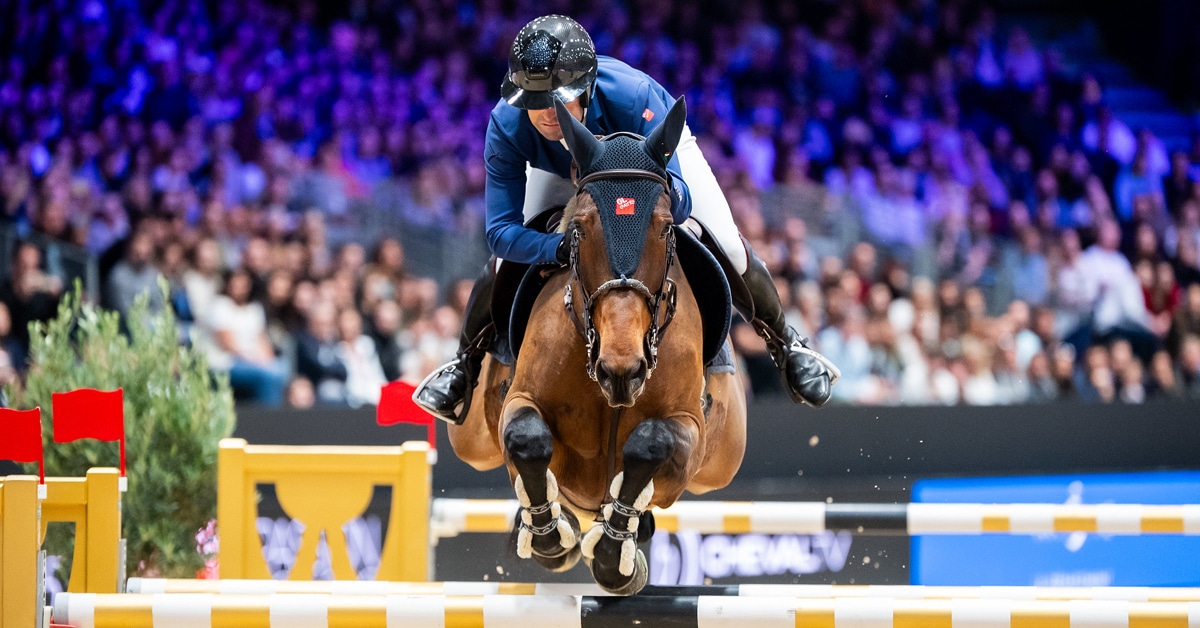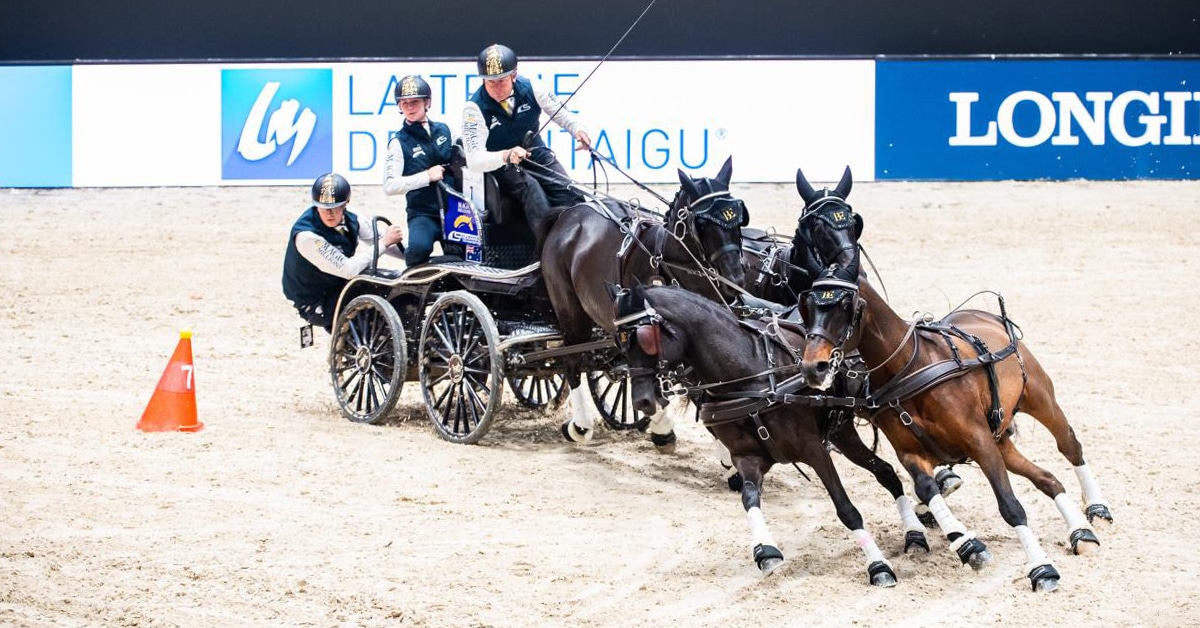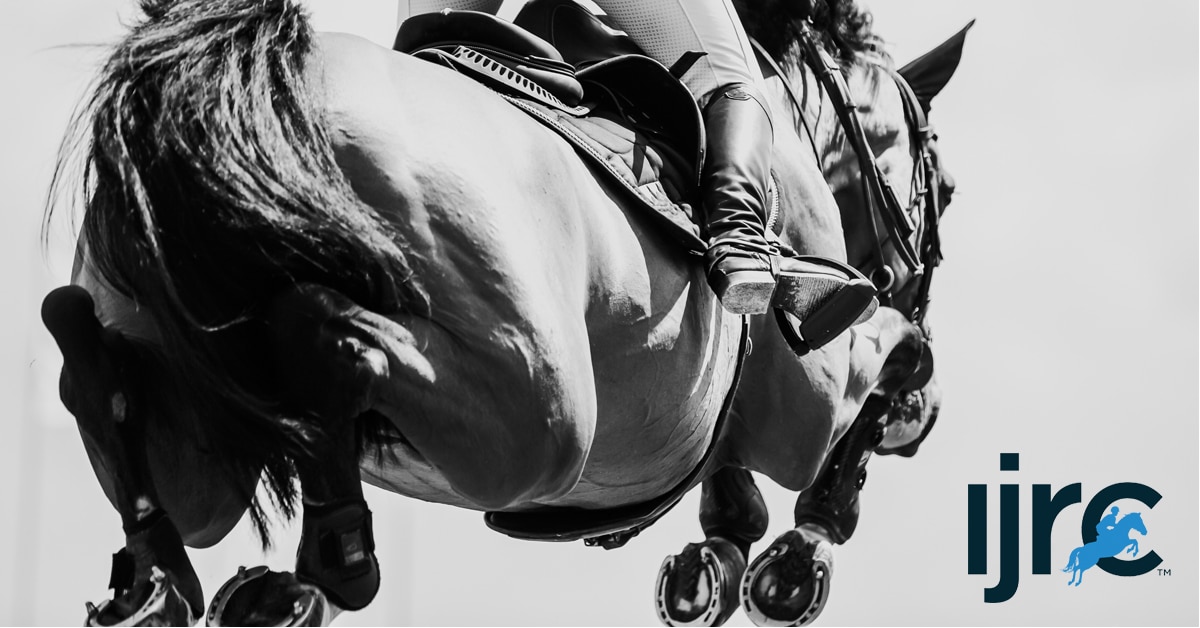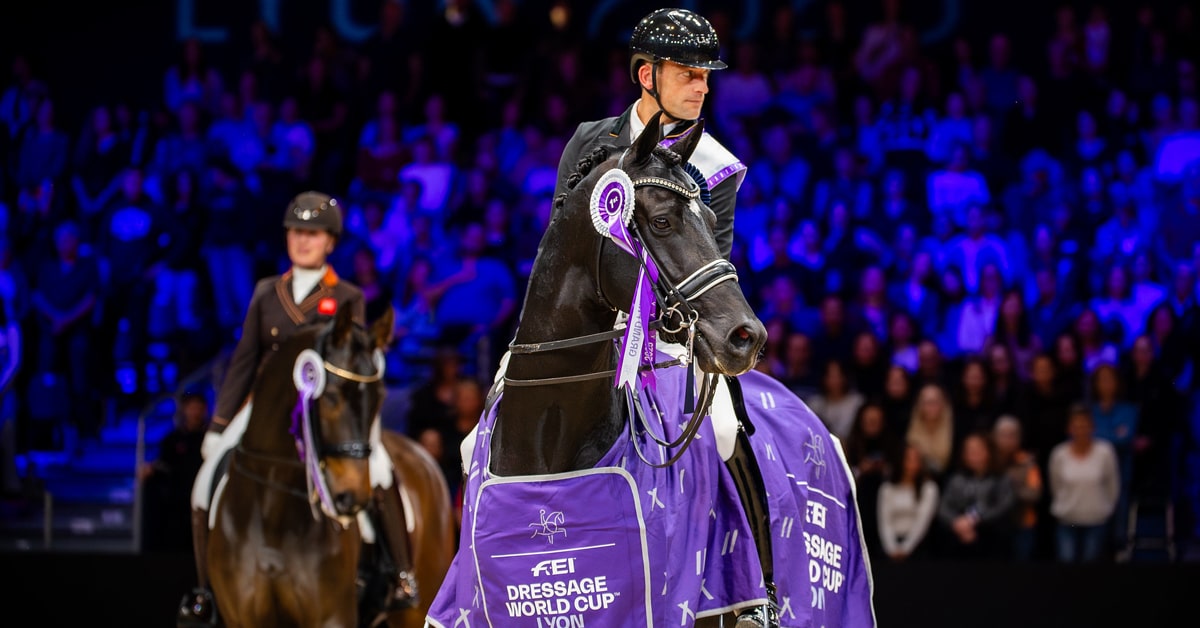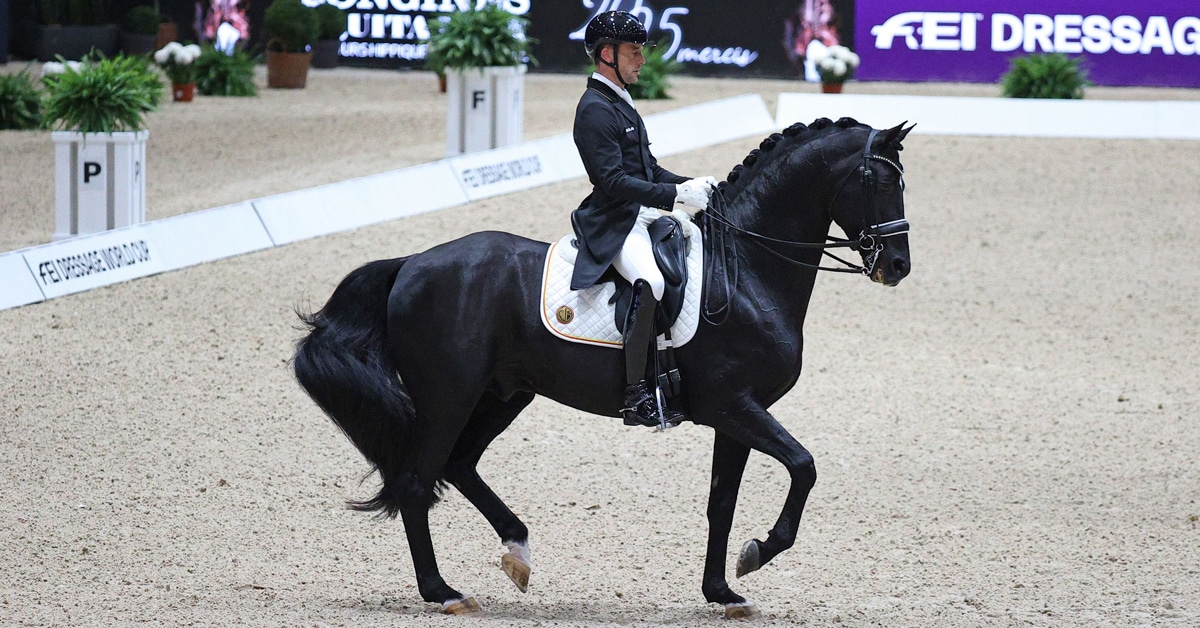Autumn is the perfect time to hit the trail for a relaxing ride, but keep in mind that cyclists, hikers and dog walkers are also out enjoying the fall colours and may not be familiar with horses.
“I mentor a lot of beginners and there is a lot of stuff I tell them when we’re out there, but the biggest thing I tell them is to talk to everybody you see on the trail,” says Deanna Ramsay, a long-time competitive trail and endurance rider. “Be really nice to people because they can really, really do damage to us as riders on trails, politically.”
According to Doug Price, president of the Ontario Competitive Trail Riding Association (OCTRA), this approach is not only good public relations for the equine community, but it also helps reassure your horse.
“What I have found is they appreciate you taking the time to say, ‘Hi.’ You have to tell them what to do. You have to tell them to speak and you have to tell them why they need to speak,” he says.
He says that often trail users will freeze when a horse approaches, which can spook inexperienced horses who have difficulty recognizing the “object” on the trail.
“If you can get them to speak up and explain to them that my horse just needs to understand that you’re a person, then the horse typically calms down and then you have a nice little chat,” says Price. “Someone yields the trail and everyone goes on their way.”
Ramsay remembers a bad fall she had when hikers who went exploring off-trail stepped suddenly – and silently – back out on the trail in front of her horse, spooking the mare.
“I’m sitting in the middle of the trail and I’m still hanging onto my mare’s reins and I’m like, ‘Um hello,’ and they still wouldn’t talk,” she recalls.
“I was like, ‘Could you please talk? Please talk!’ And they said, ‘What?’ And I said, ‘When you’re silent, you scare the horses. You have to speak up and say hello.’”
Speaking to people also lets other trail users know you’re approaching them so you don’t startle them.
“You have to call to people when you’re behind them – ‘Hello, I’m just going to pass on your left’ – to let them know that you’re coming and that you’re passing,” says Ramsay, adding that many people walk with headphones, which aren’t always visible. “Make sure they turn around and look. Don’t just assume they heard you.”
She adds, “I never move at speed when there are hikers and dogs around. I walk – always.”
Loose dogs are common on the trails and can pose safety issues for riders. Ramsay encourages riders to remain friendly and remind dog owners that catching their dog is for its own safety.
“You have to stop and talk to people and be as nice as you can, like, ‘Oh, please grab your dog. I really don’t want my horse to hurt him,’” she says. “Don’t yell at people.”
But if an owner can’t gain control of their dog, Ramsay recommends getting off your horse.
“If you can take a different trail and go a different way, do that, but if you’re trapped and that dog is not behaving, get off your horse,” she says. “If that dog goes under your horse or bites your horse’s heels, and your horses starts to kick or whatever, you’re going to come off.”
In fact, dismounting is her fail safe for any situation that looks potentially dangerous.
“If you can see a situation coming up and you do not think your horse is prepared to deal with that, get off. Get off now. Do not wait. Don’t think about it. Get off,” she emphasizes. “Even if you have to hike a quarter mile and get back on, it’s a whole lot better than coming off unplanned.”
More News


